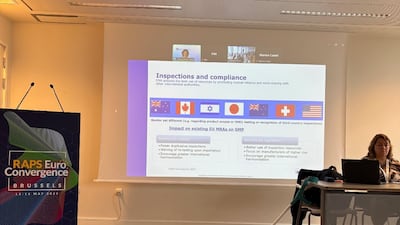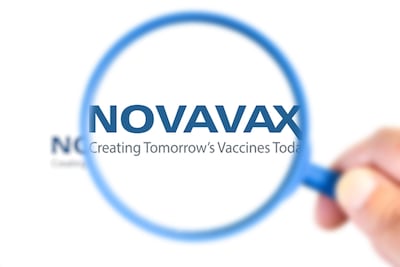As the first drug approved with full implementation of FDA’s cardiovascular risk requirements for diabetes drugs, the review of Johnson & Johnson’s Invokana (canagliflozin) provided an opportunity for FDA to reflect on how diabetes programs that incorporate risk assessment from the outset should be conducted, rather than parsing data from retrofitted or inadequate trial programs.
FDA’s 2008 guidance requiring cardiovascular risk assessment for anti-diabetics was one of the most seismic regulatory events of the past...
Read the full article – start your free trial today!
Join thousands of industry professionals who rely on Pink Sheet for daily insights
- Start your 7-day free trial
- Explore trusted news, analysis, and insights
- Access comprehensive global coverage
- Enjoy instant access – no credit card required
Already a subscriber?







